Wave loading
As coaches we tend to live in a bubble and forget that not everyone knows every little thing that comes out of our mouths. In this article I will try and simplify this term as much as I can so you can not only better understand the term but hopefully be able to implement the training modality yourself.
Wave loading is a term you will hear frequently and loosely in the powerlifting community. Wave loading can mean multiple different things. Depending on how it is implemented and can completely change the way a program is affected. Let’s define wave loading first. Simply put it is a loading scheme in which you will add weight over the course of multiple sets or weeks and usually decrease in reps.
To clear things up, here are a few examples of wave loading that are all correct but have very different effects spread out across a full training cycle.
Example 1: Waving up in weight/intensity and down in reps in the same workout.
Set 1: 300 x 5
Set 2: 325 x 3
Set 3: 350 x 1
This style is usually utilized by bodybuilders or power builders or even just the regular old gym goer. The downside to this example is that you’re pre-fatiguing yourself with the extra reps leading up to the top-heavy single.Plus you are at a higher risk of injury because you are already fatigued before the top heavy set. If your main objective for that day is a heavy single, then I suggest warming up properly and then doing singles leading up to that heavy single. That would look something like this.
Set 1: 300 x 1
Set 2: 320 x 1
Set 3: 335 x 1
Set 4: 350 x 1
This way you are waving up to a top set as well but without pre-fatiguing yourself by doing multiple rep sets leading up to a top single. This way isn’t a traditional wave but it is a better option in my opinion. Let’s face it, powerlifting is about mastering lifting heavy weights once. Practicing singles is another benefit to this example over the previous one.
Example 2: Waving up in weight/intensity weekly over the course of what would typically be 3 weeks. A great example of this is the popular 5-3-1 program. Another example would look like this.
Wave 1
week 1: 3 x 6 with 75%
week 2: 3 x 4 with 80%
week 3: 3 x 2 with 85%
Wave 2
week 1: 3 x 6 with 77.5%
week 2: 3 x 4 with 82.5%
week 3: 3 x 2 with 87.5%
You’ll see that the weight/percentages are waving up in intensity before coming back down to start the 2nd wave at a higher weight or percentage than the first wave. Throw in RPEs (Rate of perceived exertion) and this can be a great training tool.
Example 3: Waving up in Volume. An example of this would be a 3-week dynamic effort wave.
Week 1: 8 x 2 with 50%
Week 2: 10 x 2 with 50%
Week 3: 12 x 2 with 50 %
You could also wave this the traditional way by increasing the intensity instead. Add in accommodating resistance like bands or chains and the sky’s the limit.
Here’s an example of that.
Week 1: 8 x 2 with 40% bar weight + 25% bands
Week 2: 8 x 2 with 45% bar weight + 25% bands
Week 3: 8 x 2 with 50% bar weight + 25% bands
As you can see, depending on how this is implemented into your training, will produce very different effects, especially based on your training frequency over the course of a full cycle. Throw in RPEs (rate of perceived exertion) and this can be a great training tool. It can also be used to control volume, to help build muscle, or maybe back off to let connective tissue recover. In my opinion using wave loading is a much smarter way to plan when you’re going to have heavier weeks versus lighter weeks.
Sample 10-week wave.
Wave 1
Week 1: x 6 @7RPE /minus 15% 4 x 6
Week 2: x 5 @7RPE /minus 15% 4 x 5
Week 3: x 5 @8RPE /minus 15% 4 x 5
Wave 2
Week 4: x 5 @7RPE / minus 15% 3 x 5
Week 5: x 4 @7RPE / minus 15% 3 x 4
Week 6: x 3 @8RPE / minus 15% 3 x 4
Wave 3
Week 7: x 3 @7RPE / minus 15% 3 x 5
Week 8: x 2 @8RPE / minus 15% 3 x 3
Week 9: x 2 @8.5RPE / minus 15% 3 x 3
Week 10: De-load
Week 11: Test/Meet
This is not ideal at all but it is a visual example so you can see what it would look like put together over a small cycle. This may give you a better example on how to plan this out for yourself.
Who is this for?
Rated E for everyone. Everyone can use this training method. I do suggest however that beginners using this method, learn from an experienced lifter or trained professional like myself on how to implement this into their own training cycle. Once you get the hang of it, you’ll be riding that wave to new PR’s. and get suprisingely strong See what I did there?
Conclusion
Training can be overwhelming with all the information out there, especially when you’re programming it yourself, but it doesn’t have to be. Don’t overthink it. The best advice I can give you is to just start. It’s better to get moving and learn along the way rather than get Analysis paralysis.
I hope this helped simplify some of the chaos for you and clear things up for the athletes/coaches that are new to the sport or even those of you that have been around for a while and are just tired of listening to all the noise. Subscribe so you don’t miss the next one.
Check out some of the other articles here
And go grab some coffee while you’re here.
Watch the video here
Check out the people that make this all work
Need extra help with the daily tasks in your business? Between coaching tons of clients and running 3 businesses, I had no time left and everything was starting to suffer. It was time to ask for help. I asked Anisha Evans what she could do to help everything run smoother and she took the reins. She set me up on all the newest apps that make everything automated and takes care of all the things I simply don’t have time for so I can do what I do best. From Calendar and website management, scheduling, to making calls to people when I can’t. She’s a Virtual assistant that has helped me run all my companies much smoother with a lot more profit and a lot more sleep lol. Set up a Consult with her at https://anishaevans.com/ and do it fast because she books up quick!
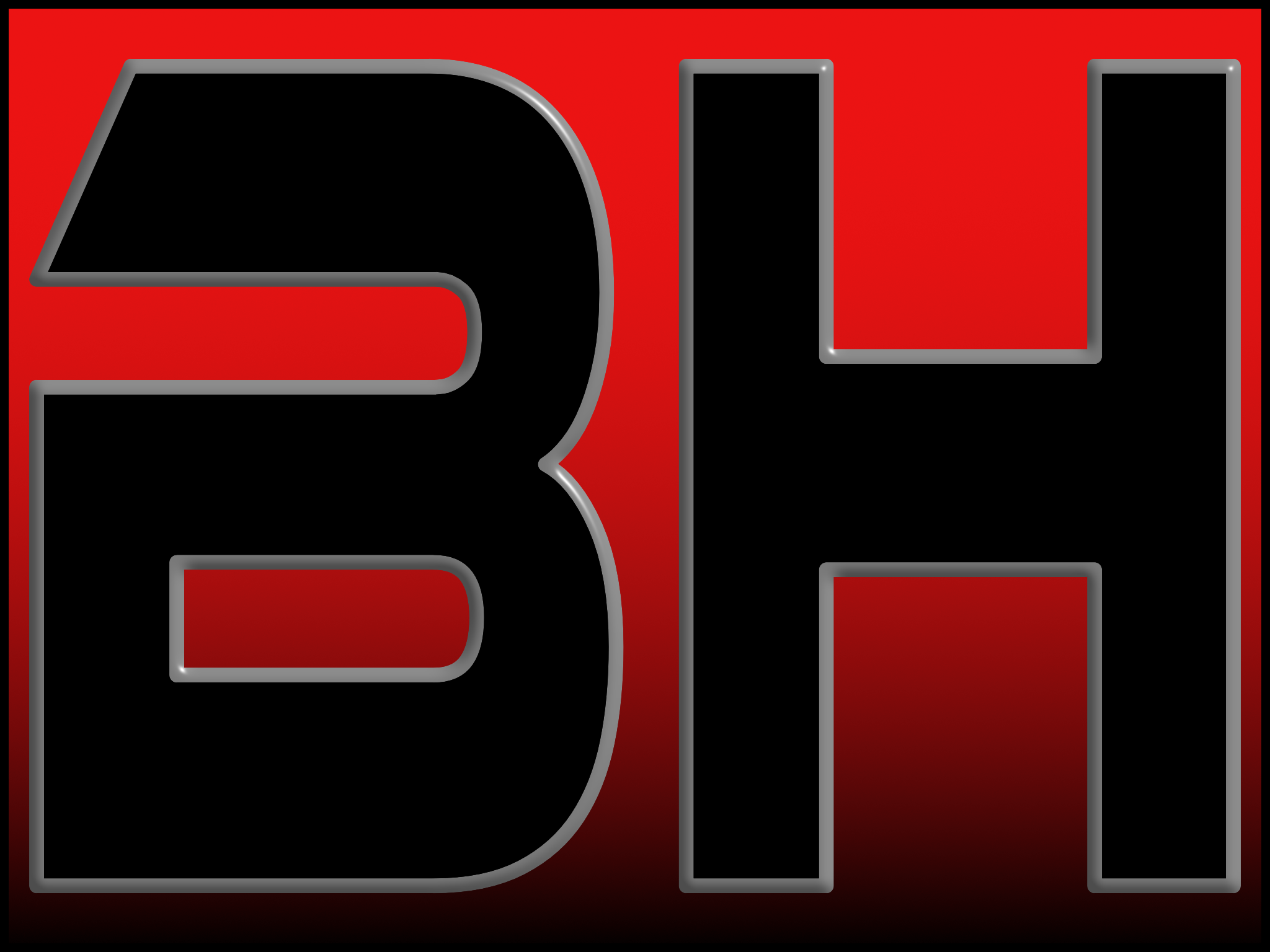
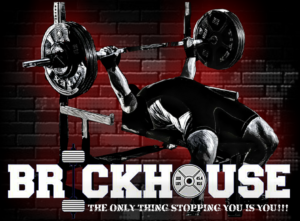
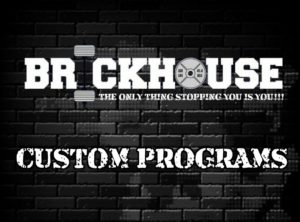

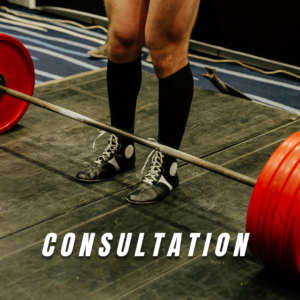
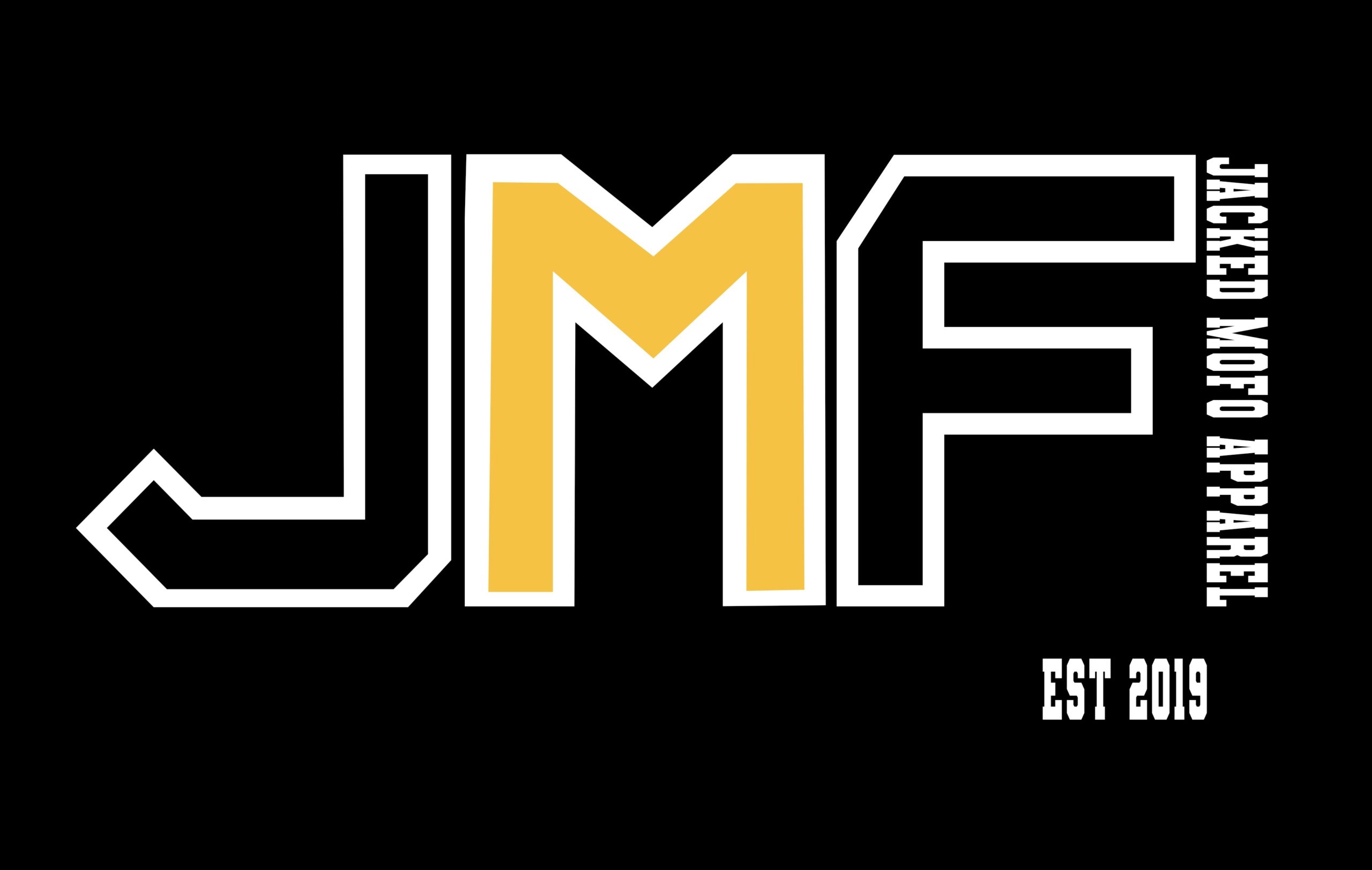
0 Comments